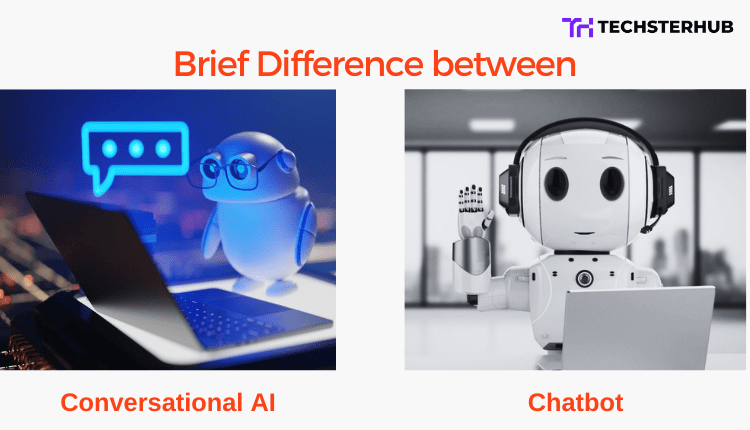Businesses are constantly seeking ways to give their customers the best experience possible when it comes to their customer service. However, customer service benefits greatly from artificial intelligence. As a result, the industry is continuously being introduced to new technologies like chatbots, conversational AI, and machine learning.
However, what exactly are a Chatbot and Conversational AI? To what extent do these two diverge from one another? This blog post will dig into the topic.
Chatbots
To grasp the concept of a chatbot fully, some background on “Bots” is necessary. A bot is a piece of software programmed to carry out a certain activity, such as making an appointment or sending a notification. Bots are useful because they can complete these activities considerably more quickly than a human can. On social networking sites, search engines, streaming platforms, news aggregators, and discussion boards like Reddit, you can find many automated programs known as bots.
The term “chatbot” refers to a class of software programs that use predefined rules to simulate natural human conversation. They are simple to construct since their one function demands a predetermined structure and movement. These systems will strike up a conversation with you, during which they’ll introduce themselves, pose some questions, wait for your responses, and then offer an answer.
This also implies that a chatbot can only respond to a question or directive that has already been defined. This means that its responses are fixed ahead of time and that the dialogue can only go in so many directions. A chatbot can be used in place of or in addition to a traditional FAQ, order questions, or even regular customer service hours.
Conversational AI
The term “conversational AI” is used to describe technologies that can understand human speech and text and reply appropriately. This technology is used to simulate human interaction with customers in the service industry. A bot in a messaging app or a voice assistant on a smartphone can facilitate the conversation. The application of conversational AI allows deep learning algorithms to interpret human language better and determine user intent from a huge quantity of training data.
It is a more general word for AI-powered communication tools like chatbots and virtual assistants (e.g., Siri or Amazon Alexa).
The goal of conversational AI systems is to detect speech and text inputs, simulate human interactions, and improve conversational flow using a combination of data, ML, and NLP.
Voice assistants (Siri, Cortana, Google Home), smart speakers (Amazon Alexa, Google Home), a conversational voice layer on a website, and even virtual call center agents are all examples of how conversational AI may be put to use. In light of this medium diversity, businesses may deploy a single conversational AI solution across all of their digital channels, with data flowing to a central analytics data hub
Wrapping Up!
Depending on the nature of your business, you must decide whether to use a chatbot or a conversational AI platform. There is hope for the development of intelligent conversational assistants in the near future. Investment in conversational AI platforms is continuing, and the technology is improving.










